Calypso Bay Australia
Multi staged residential and commercial development in high water table environment
Multi staged residential and commercial development in high water table environment
SCIRT partner McConnell Dowell is more than halfway through a big project to build a Flovac vacuum wastewater system in the Christchurch residential suburb of Shirley – the first area of the South Island to use such technology.
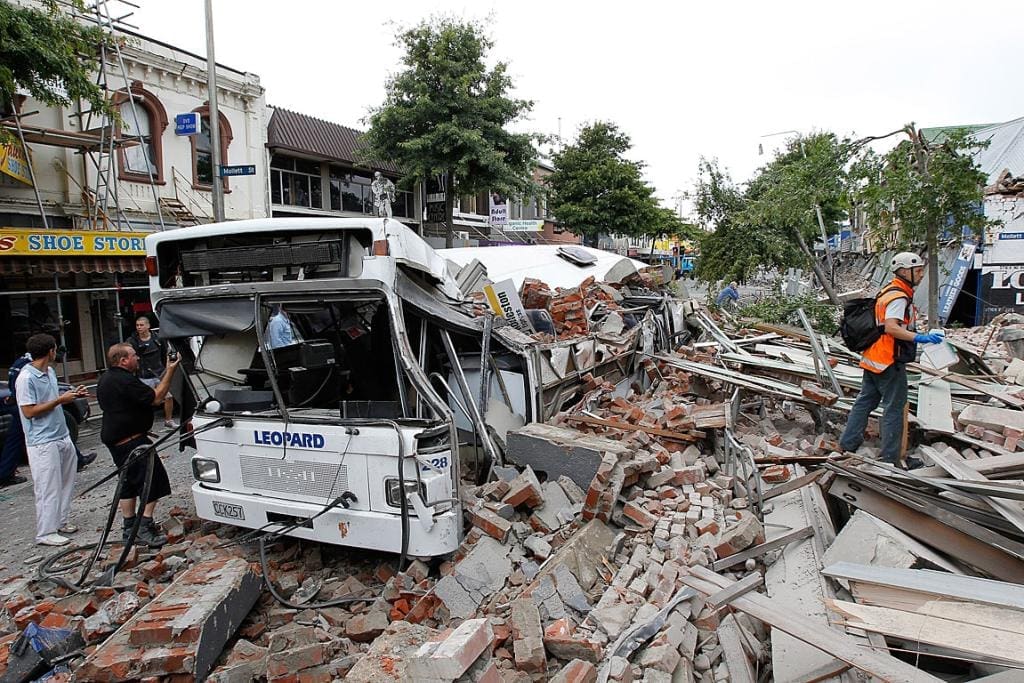
The catchment includes about 750 houses, with 7km of vacuum main pipes in streets as well as lateral/ side connecting pipes to homes and businesses. About 6km of mains and 150 out of 195 collection chambers have been built, with a pump station and lateral pipes still in progress. It will take just over a year to complete the project, which began April 2013.
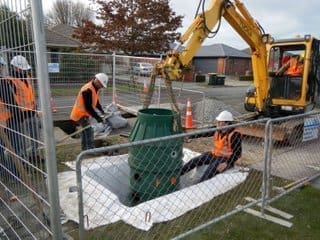 The area targeted for the Flovac vacuum system was badly affected by earthquakes with lateral spread and land-level changes. Previously, the city’s wastewater network has relied totally on a gravity system with pipelines at a gradient to support downhill flow.
The area targeted for the Flovac vacuum system was badly affected by earthquakes with lateral spread and land-level changes. Previously, the city’s wastewater network has relied totally on a gravity system with pipelines at a gradient to support downhill flow.
After the earthquakes, the slope changed in many parts of the city, so wastewater was running in the wrong direction. The Flovac vacuum system will offer much greater resilience if there are further large earthquakes, especially in areas considered prone to liquefaction.
A further reason for using vacuum in Shirley was to keep excavation depths to a minimum because of the high ground water table and running sand. The system allowed McConnell Dowell to lay the pipes mostly at depths between one and 1.5 metres deep. This is shallow compared to the traditional gravity system which has pipes plunging to several metres deep to maintain the gravity-feedwhich takes a lot longer to access for maintenance or repair work with subsequent traffic and residential disruption.
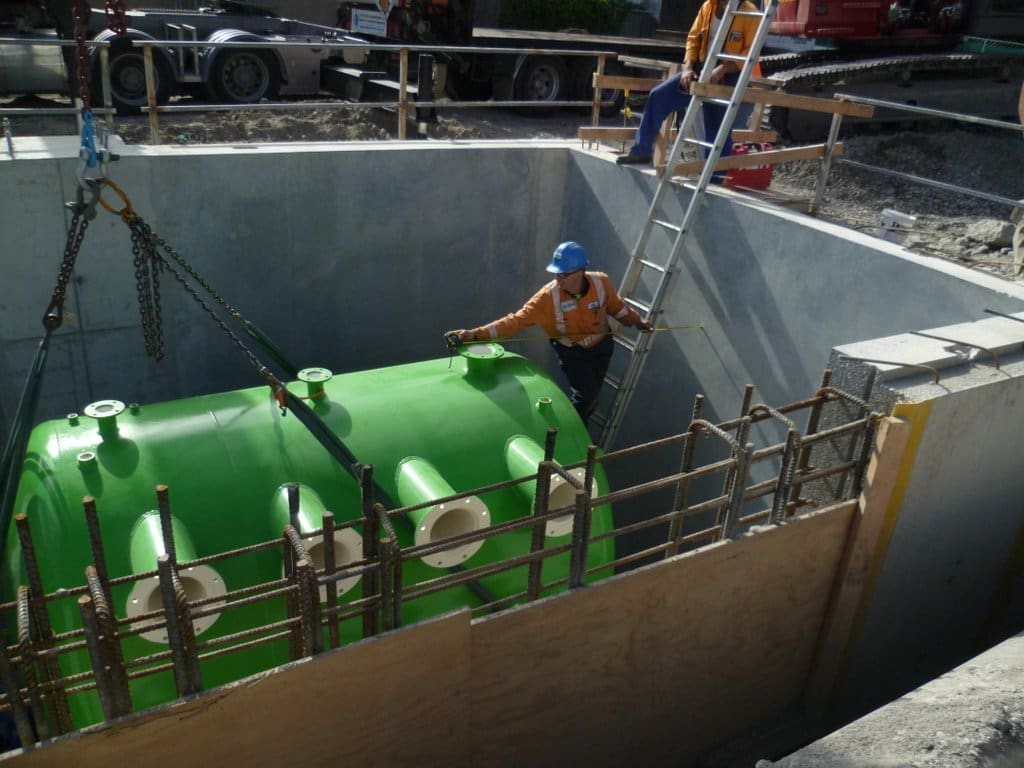
Wastewater will arrive at the Shirley catchments new pumping station, on Golf Links Road, from small collection chambers, usually located on the grass berm of a street, each serving up to four properties. The only visible parts in most streets will be collection chamber lids and man-holes at ground-level, while vent stacks will sit against property boundaries. Like in other parts of the city, wastewater from the new pumping station will go via the normal gravity system southeast to the wastewater treatment plant at Bromley.Shirley NZ Flovac Project
 Residents will not notice any change
Residents will not notice any change
Shirley residents will not notice any difference when they flush their toilets or see their kitchen and bathroom wastewater draining to the collection chamber on the street via the gully trap/ lateral pipe. There is no additional cost to them for becoming part of this modern system.
 Not long after Miles Crossing Sanitary Sewer District in Oregon installed a new vacuum sewer system they realized they had an issue that needed an immediate fix. According to the superintendent, Carl Gifford, “Our flows exceed 180,000 gallons [on heavy rain days] due to a massive I/I issue that we grew to have”. This excess can put a strain on the system which can increase utility bills, not to mention, Miles Crossing is a collection system only. They have to work with a neighboring system for treatment and have a limit on max flow that can be sent.
Not long after Miles Crossing Sanitary Sewer District in Oregon installed a new vacuum sewer system they realized they had an issue that needed an immediate fix. According to the superintendent, Carl Gifford, “Our flows exceed 180,000 gallons [on heavy rain days] due to a massive I/I issue that we grew to have”. This excess can put a strain on the system which can increase utility bills, not to mention, Miles Crossing is a collection system only. They have to work with a neighboring system for treatment and have a limit on max flow that can be sent.
Flovac and Miles Crossing were able to meet and come up with a plan to utilize Flovac Monitoring System to overcome these issues.
“With this system, we can monitor the fires from each individual pit. During a rain event, it is really simple to tell which ones contribute to the massive I/I we are dealing with. During the last winter, we were able to identify 9 sources of I/I that we were able to repair”.
Gifford also mentions how the system allows for the sewer district to know about problems before customers do. “An additional benefit that we observed with this system is the alarms that it provided. Numerous times we were called out for a high-level at a residence and were able to make the repair and get it back online before the customer knew there was a problem. This helps greatly with the risk management of possible failures and the following lawsuits that have happened in the past”.
Due to less load on the system, Miles Crossing have been able to add residential connections creating revenue.
To find out more about the Flovac Monitoring System – Click Here
Image on Front Cover Torsten Blackwood—AFP/Getty Images
Eco Resort for 2,000 visitors and staff. Includes conference center, restaurants, sporting facilities and marina – https://www.courancove.com.au/
A Flovac vacuum sewerage system has been installed at the site of one of Africa’s most important infrastructure projects, funded by the African Development Fund.
The Kazungula Bridge project which is connecting Zambia and Botswana over the Zambezi River will be a 40{1deaea03afbf3f3fb2d45caffee157f5a0ec73dd837732cad8f5061c47eb75db} boost to the GDP of the countries involved as it opens up the regions for trade all the way to the port at Durban.
The Kazungula Bridge is located at the only area in the world where 4 countries meet together. Zambia, Botswana, Namibia and Zimbabwe. One of the Seven Natural Wonders of the World, the Victoria Falls is located a short 1 hour drive from the project.
As the new Bridge opens up trade and tourism between the four countries it was necessary to set up a new border customs and immigration complex. Zhong Gan, an experienced International engineering and construction company based in Botswana, has done numerous projects for the World Bank and Botswana Government and decided to use a Flovac vacuum sewerage system on this project which services this complex.
Justin Peng the project director of Zhong Gan chose a vacuum sewer as a value engineering proposal to the client as there was a high water table which prevented deep excavations required by the original gravity system proposed. Ensuring that no sewage could overflow to the Zambezi River was also important as the area is home to elephants and others in Africas Big 5.
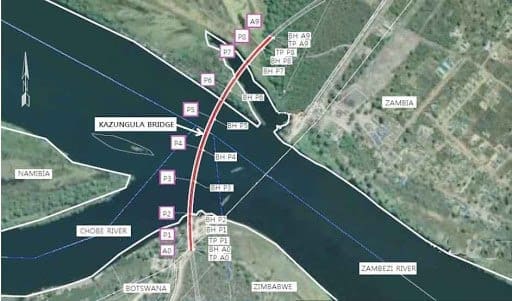
The Flovac system is the first smart sewer system installed in Botswana which allows the operator to have a complete system overview. The smart system allows the operator to look at the performance of each vacuum valve in the system and independently alert operators to any potential problems.
Mr Peng chose Flovac due to the operator friendly nature of the design and equipment and the overwhelming positive feedback from prior installations that his team visited. The Water Utilities Corporation approved the system who were extremely pleased by the advancement in technology and ease of maintenance compared to other systems that had been installed in Botswana and Southern Africa.
The Flovac Team worked very closely with our local representatives Multi Waste Pty Limited headed by Andrew Davies. Multi Waste are a large domestic company , experts in water, wastewater and energy in Botswana and Southern Africa. Multi waste set up a fabrication plant for the Flovac pits and handled all assembly of the system at their head office in Gaborone prior to delivery to site.
The Multi Waste team will operate and maintain the system for the time being with support from the Flovac International Operations Group via the monitoring system.
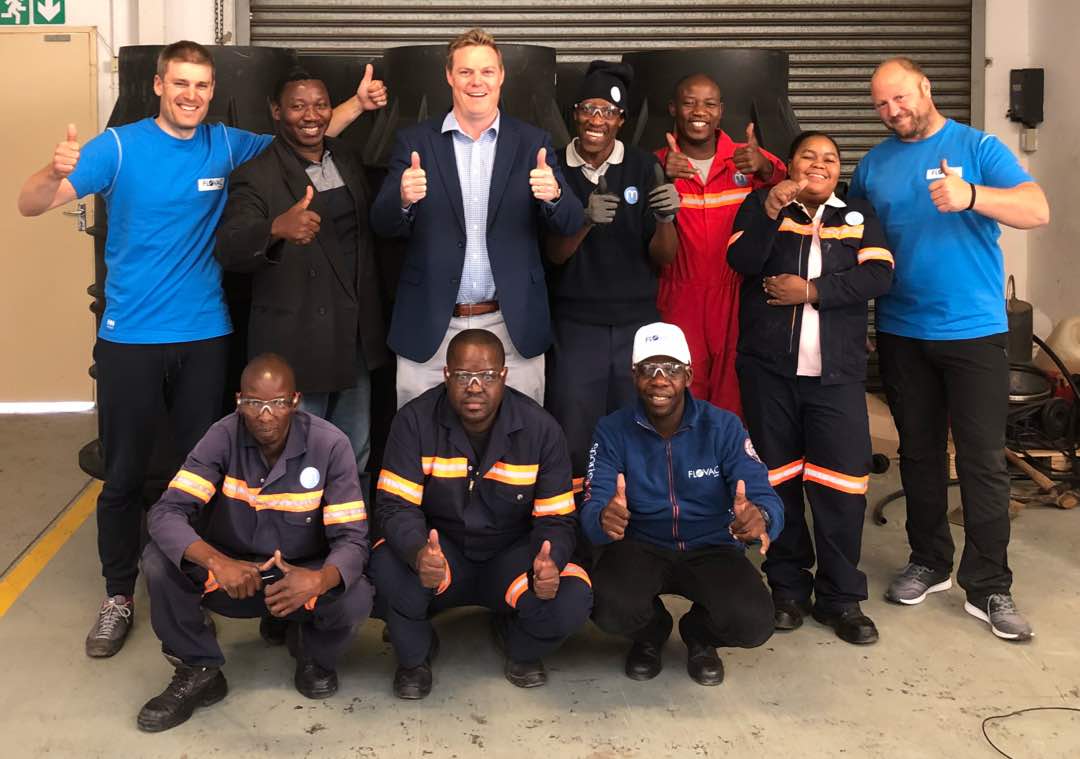
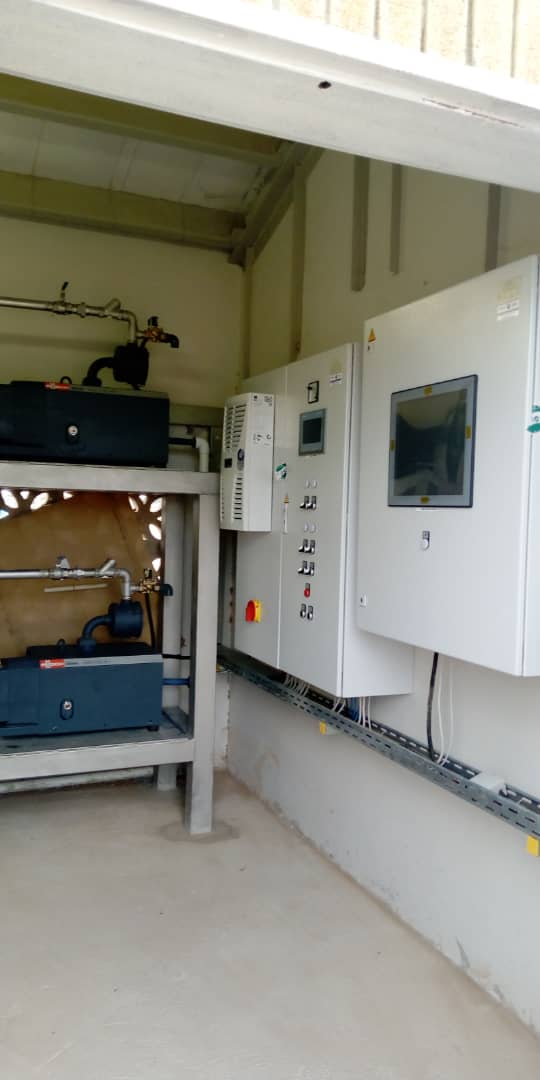
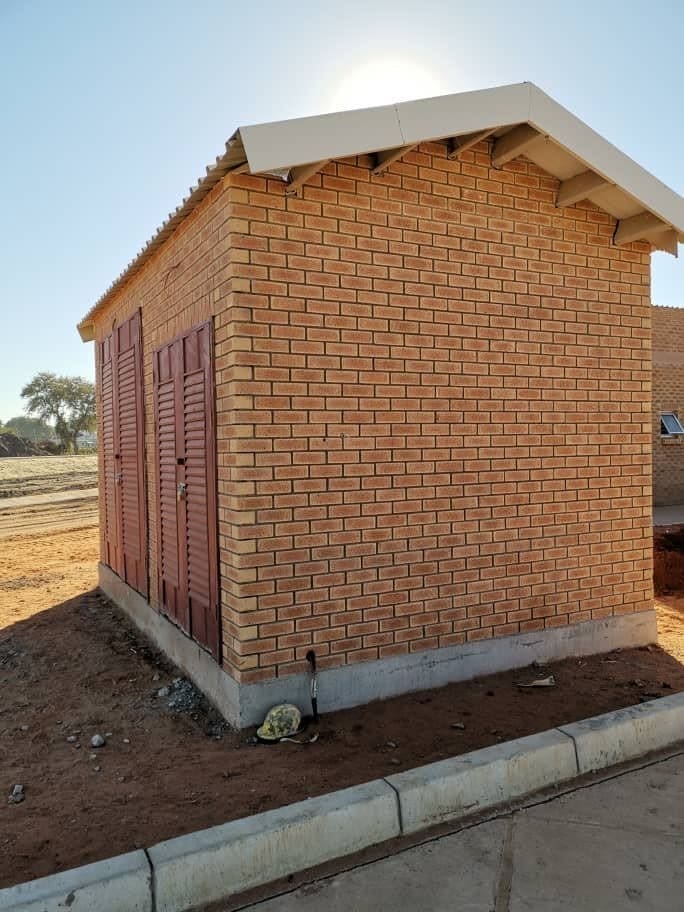
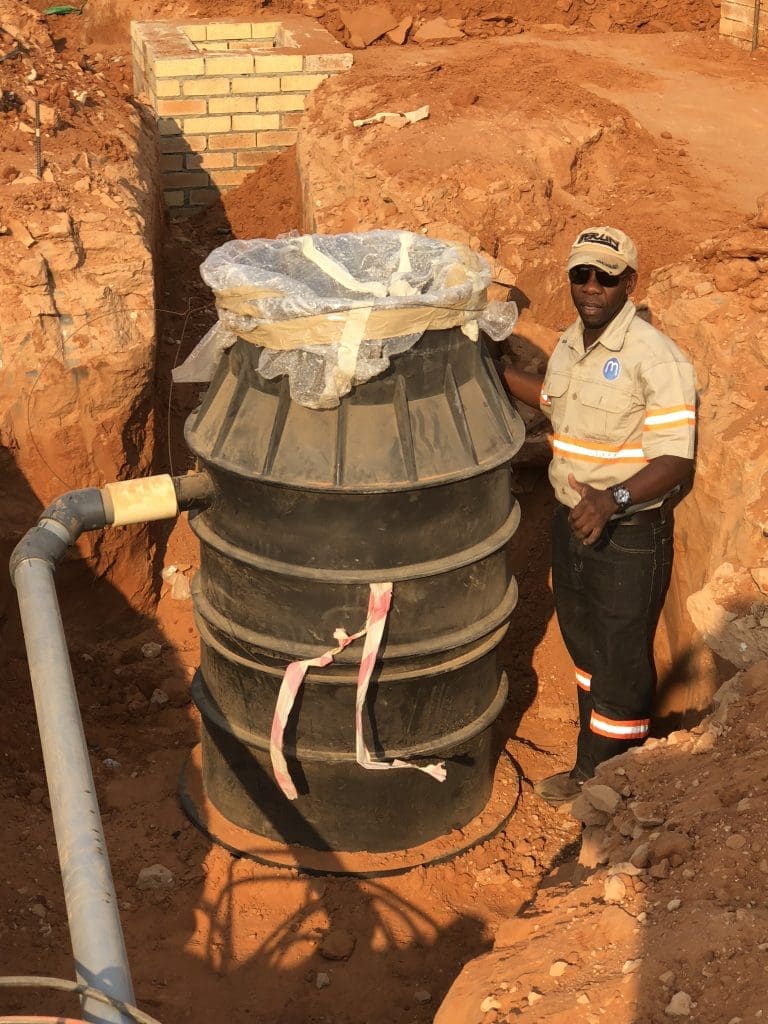
This is a unique project, designed and installed by Flovac’s partners in South Korea Coway EnTech Co. Ltd.
Mr Changil Koh the Deputy Manager in charge of the project, said that vacuum systems are very useful in handling the wastewater from the offices and facilities in industrial projects such as Nuclear Power Plants. they have also been installed in Oil Refineries and at airport facilities as no power is required at the collection points only at the vacuum station. This means that there are no points of ignition risk within the system.
Mr Koh said that the laying of the HDPE pipework was a lot easier than using gravity sewers as it could be installed above ground where required or in shallow trenches. There is more than 2 kilometers of pipework involved. Most area’s where industrial complexes are built in flat areas with difficult to construct ground conditions. This is ideal for vacuum sewers.
The Shin-Kori Nuclear Power Plant #5,6 – Sanitary Water Transfer Facility in Busan will be providing much needed power by 2022. It is owned and operated by Korea Hydro & Nuclear Power, a subsidiary of KEPCO. Flovac was chosen for this important project after an exhaustive trial to ensure that all of the Flovac components could handle the extreme conditions where temperatures can often drop to well below freezing.
Vacuum sewerage systems can be installed in a wide variety of projects READ HERE
Flovac provides for a safe easily deployable sewerage solutions with limited power requirements and is low maintenance.
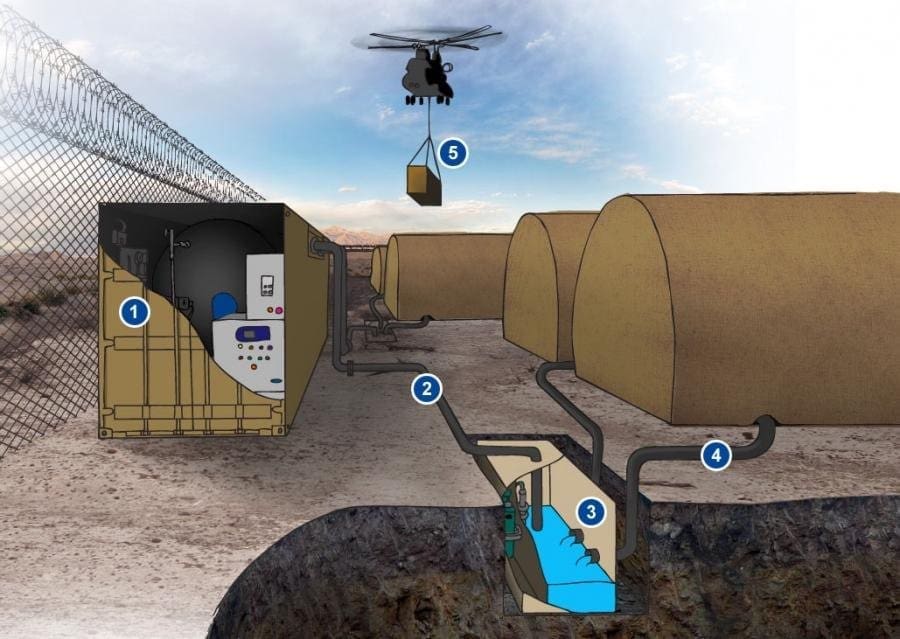
1. VPS; 2. Vacuum Main; 3. Collection Pit; 4. Gravity Line; 5. Deployed Flovac System
The Flovac deployable Systems can be provided in conjunction with treatment or with camlock fittings to allow for easy access via sucker trucks.
Temporary Camps, whether emergency, workers accommodation, mining, military or refugee need to transport sewage from ablution blocks, kitchens and laundries. Installation of pipework can be time consuming, expensive and be damaging to the environment.
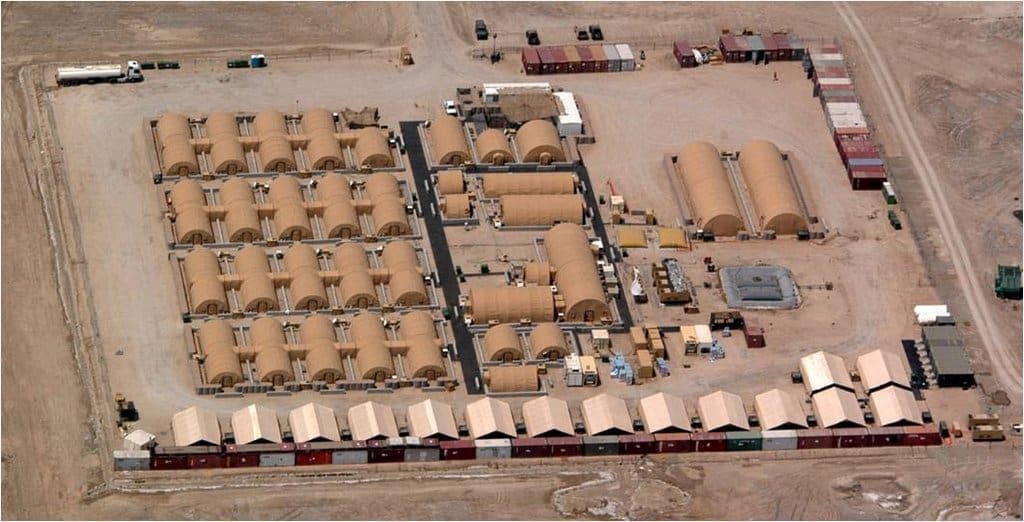
Flovac’s deployable vacuum system can be deployed to site and established within 24 hours. Upon redeployment can be packed and ready for transport within 24 hours, leaving the site as you found it.
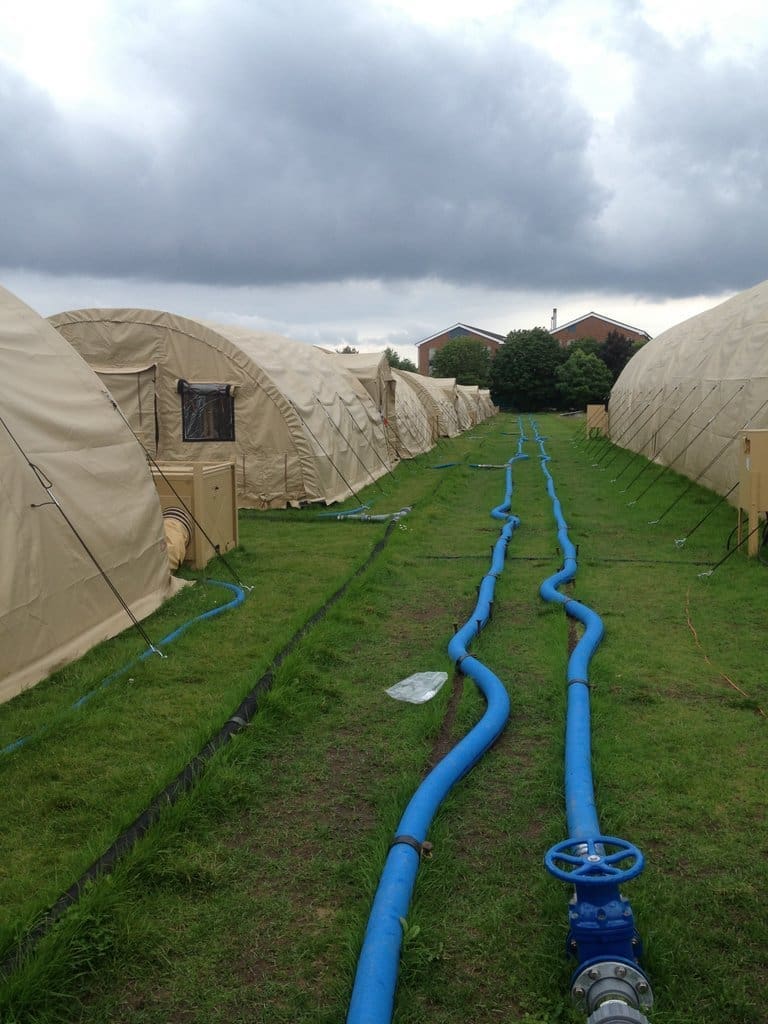
All infrastructure delivered in re-deployable 20 ft containers, simply install the pipe network, power up the pump station and turn it on
The only power requirement is at the pump station
Collection pipe work can be laid above ground or buried at minimum depth and collects all wastewater within the camp
All systems pre-tested and commissioned prior to delivery and suitable for all climates
Can be supplied with containerised treatment plants if required
Also available with pre-constructed ablution blocks containing vacuum toilets to reduce water use in remote camps
No leaks, overflows or odours and all fully automated and monitored
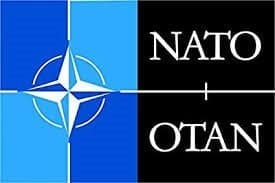
 Vacuum sewerage systems almost always cost less to install and less to maintain than traditional gravity systems, and certainly less than pressurized systems with grinder pumps. A single vacuum pump station will usually be sufficient to support an entire project.
Vacuum sewerage systems almost always cost less to install and less to maintain than traditional gravity systems, and certainly less than pressurized systems with grinder pumps. A single vacuum pump station will usually be sufficient to support an entire project.
The shallow trenching and small diameter pipework ensures a speedy cost effective installation. This ensures less conflicts with other services to be installed.
Plug and Play Temporary Pump Stations can offer developers great flexibility with designs, fitting into important cash flow considerations.
A vacuum sewerage system almost always costs less to install than a gravity flow system because our vacuum system uses small pipe in shallow, narrow trenches, and there are no manholes. Once installed, it continues to save money because the tight system eliminates inflow and infiltration (I&I). This is even more important if you are charged by the gallon when treatment is by others.
Shallow, narrow trenches and absence of manholes also mean there is less surface disruption than with gravity systems which must follow favorable topography. Gravity systems can result in manholes, multiple pump stations, potential for odor, and ex-filtration. All this can be eliminated with a vacuum system.
Some costs of a vacuum sewerage system can be deferred. For instance, vacuum valves do not have to be installed until a property is sold. This cost can be added to the selling price of the lot.
 Overcome Site Conditions
Overcome Site ConditionsA vacuum sewerage system can be used to overcome site difficulties such as flat land, sandy or acid-sulphate soils, high groundwater, and rock, which are common in new developments. Because the horizontal and vertical direction of our sewer mains may be changed easily, developers have more flexibility in site configuration and lot layout.
Many times, developers install sewer systems that will be operated and maintained by others. Often, the final owner is not aware of vacuum or its track record as a proven, reliable alternative to gravity-flow systems. We are available to help you design the perfect system for your needs, and to help explain its features and benefits to others.
With conventional gravity sewers, as you add new stages to your development, the large equipment, blasting, and deep open trenches increase the dirt, danger, and disruption to existing homes and children who live there. These negatives are minimized with vacuum.
The entire collection network is connected via IOT wireless communication protocols. This can help with line testing during construction, notification of inspectors when houses are connecting and integrate fully with utility SCADA networks.
A vacuum station can replace five or six lift stations necessary in a gravity-flow system. With vacuum, that land is available for profitable home sites. This also minimizes hard to sell lots. Nobody wants to live next to a lift station.
Installation of a wireless monitoring system to assist with finding collection pits
On April 27 2015, Flovac commissioned the vacuum system at the Marina Port Vell in Barcelona. Known as one of the finest new marinas for Super yachts in Europe, the owners saw the use of the Flovac system as essential.

The system designed and installed by FLOVAC includes the discharges from buildings in the Marina such as the restaurants, offices, locker rooms, gym, etc … and residences on the boats moored in the Marina.
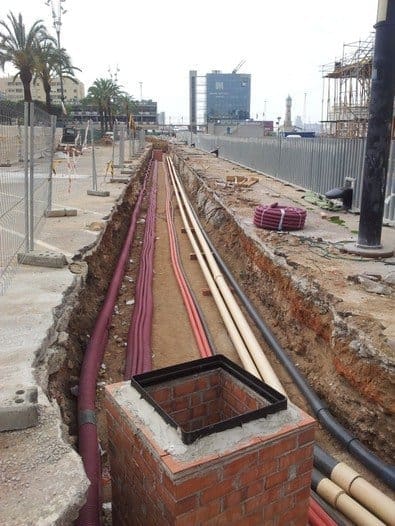 Wastewater and Bilge Water
Wastewater and Bilge WaterThe vacuum system has two vacuum networks, one for wastewater generated in the Marina (waste water) and a parallel network where bilge water, which requires pre-treatment to collect the sewage discharged in port .The network of pipes, placed around
the perimeter of the marina, carrying the waste water has vacuum generated by a single vacuum station located in the Marina. It is the single point of electricity needed for the whole system. FLOVAC vacuum valves, which are located in different collection pits are pneumatically operated with this setup, FLOVAC has already installed four vacuum sewerage works in the area of the Port of Barcelona.
The vacuum system ensures the impossibility of discharges into the sea , is the most economical solution in terms of execution of work, since by its very nature design , the network of pipes need not be buried deep underground and no intermediate pumping. Moreover, in this case, the system is equipped with a remote control system that allows the owner to know exactly everything that happens anywhere in the sewer.
Flovac also designed software to control the discharge of sewage from yachts to the Marina and can accurately invoice by litres of discharge to the sewer. As a result, Marina Port Vell prevents sewage dumped at sea and in return gives them a MARPOL certificate.
MARPOL 73/78 is an international convention for the prevention of pollution at sea. The convention includes regulations aimed at preventing and minimising pollution at sea from ships, and this includes both, accidental pollution and pollution from routine operations.

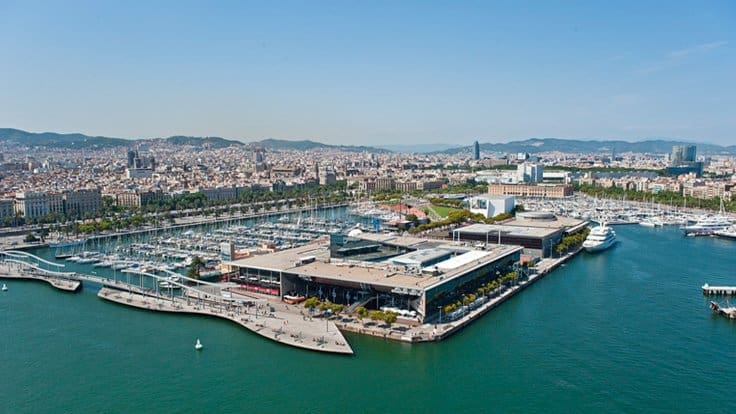
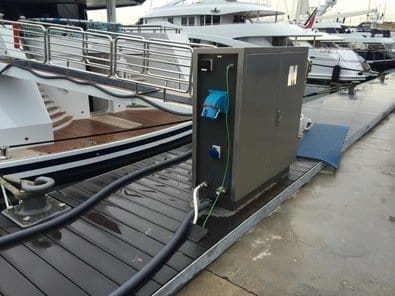
This site uses cookies. By continuing to browse the site, you are agreeing to our use of cookies.
Accept settingsHide notification onlySettingsWe may request cookies to be set on your device. We use cookies to let us know when you visit our websites, how you interact with us, to enrich your user experience, and to customize your relationship with our website.
Click on the different category headings to find out more. You can also change some of your preferences. Note that blocking some types of cookies may impact your experience on our websites and the services we are able to offer.
These cookies are strictly necessary to provide you with services available through our website and to use some of its features.
Because these cookies are strictly necessary to deliver the website, refusing them will have impact how our site functions. You always can block or delete cookies by changing your browser settings and force blocking all cookies on this website. But this will always prompt you to accept/refuse cookies when revisiting our site.
We fully respect if you want to refuse cookies but to avoid asking you again and again kindly allow us to store a cookie for that. You are free to opt out any time or opt in for other cookies to get a better experience. If you refuse cookies we will remove all set cookies in our domain.
We provide you with a list of stored cookies on your computer in our domain so you can check what we stored. Due to security reasons we are not able to show or modify cookies from other domains. You can check these in your browser security settings.
These cookies collect information that is used either in aggregate form to help us understand how our website is being used or how effective our marketing campaigns are, or to help us customize our website and application for you in order to enhance your experience.
If you do not want that we track your visit to our site you can disable tracking in your browser here:
We also use different external services like Google Webfonts, Google Maps, and external Video providers. Since these providers may collect personal data like your IP address we allow you to block them here. Please be aware that this might heavily reduce the functionality and appearance of our site. Changes will take effect once you reload the page.
Google Webfont Settings:
Google Map Settings:
Google reCaptcha Settings:
Vimeo and Youtube video embeds:
The following cookies are also needed - You can choose if you want to allow them:
You can read about our cookies and privacy settings in detail on our Privacy Policy Page.
